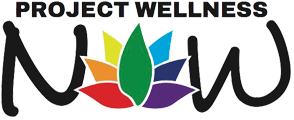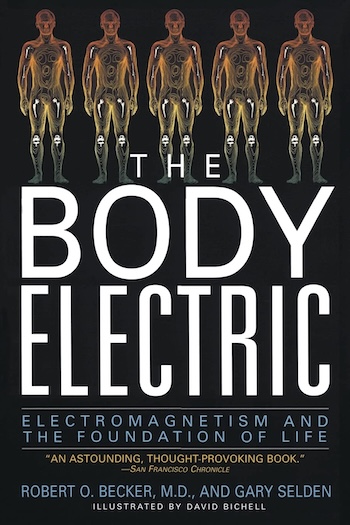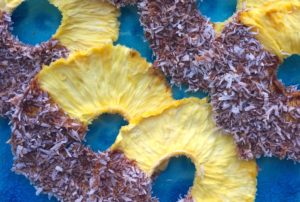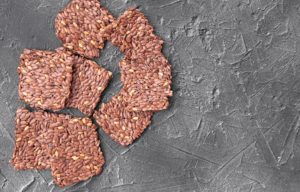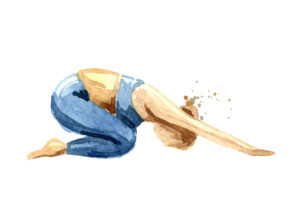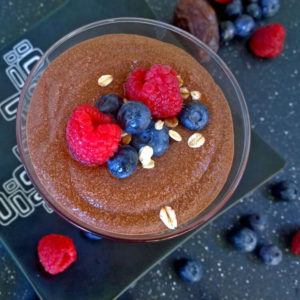Among the various therapies available to treat chronic and acute pain, acupuncture and electrostimulation (aka e-stim) are among the most effective—yet still relatively unknown in western cultures.
Acupuncture has been accepted in eastern cultures for millennia, as a powerful therapeutic modality. It is only in recent decades, however, that people in the West have begun to experience and appreciate the significant healing potential of this ancient medical therapy.

So what exactly is acupuncture, and how is it used to alleviate physical pain? And what’s the relationship between acupuncture and related modalities such as acupressure, electrostimulation (e-stim), and TENS? Read on for answers to these questions, and much more, as we explore in-depth the use of acupuncture and related techniques to reduce or fully dissolve pain.
THE PREVALENCE OF PHYSICAL PAIN: YOU’RE NOT ALONE!
If you’re suffering from physical pain—acute or chronic—the first thing to understand is that you’re not alone. Like most other countries, the United States has a high prevalence of chronic pain. In 2016, approximately 20% of U.S. adults experienced chronic pain. Assuming this figure has remained more-or-less the same, this means that around 50 million Americans have, this year, experienced chronic pain.
While pain can be located deep within the body, at the level of an internal organ, a vast majority of both acute and chronic pain is associated with muscles and/or joints.
A large percentage of this soft-tissue and joint pain is the result of trauma: e.g. stretched or torn tendons, ligaments or cartilage in an ankle, knee, wrist, elbow or shoulder; a bruised or fractured kneecap; a deep bruise (hematoma) on the thigh; a hyperextension of the knee or elbow joint; or a spinal injury. Traumas such as these can be the result of a sporting injury, a household accident, an auto accident, or an outdoor fall in inclement weather. Such pain can also be the result of arthritis, infection, a cyst, or a bone tumor.
ACUPUNCTURE AS A REMEDY FOR PHYSICAL PAIN
Whatever the cause of your pain, acupuncture can be an effective remedy. Its track record is especially impressive for arthritic conditions and patellofemoral pain syndrome—but any kind of knee pain will likely be at least partially relieved via acupuncture or a related therapy. And acupuncture is equally effective for pain in any other joint, including spinal vertebrae.
When there is inflammation, swelling, stiffness, and/or pain in an organ, muscle, or joint, this indicates a kind of stagnation within and around that physical structure, that can very often be alleviated through acupuncture.
But how exactly does this happen? How does the insertion of needs resolve stagnation and relieve pain? To answer these questions, we’ll need to learn a bit more about how acupuncture works.
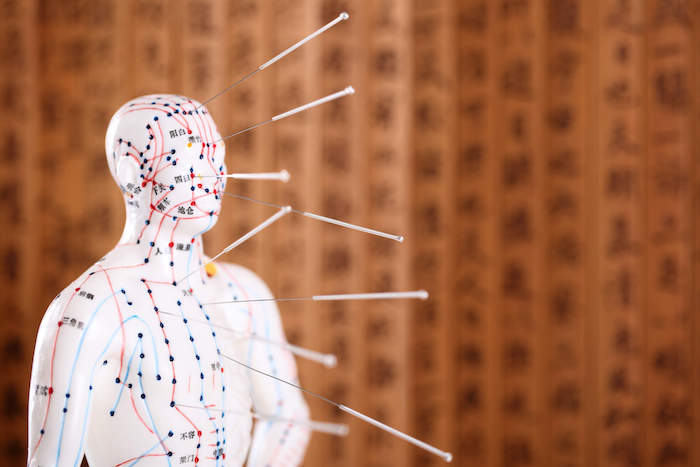
WHAT IS ACUPUNCTURE?
Acupuncture is a healing modality that involves the insertion of hair-thin needles into the skin at specific locations along acupuncture meridians: channels through which flows subtle life-force energy known as Qi (also spelled Chi).
The goal of an acupuncturist is to use this skillful placement of needles to calm life-force energy that has become chaotic; to strengthen life-force energy where it has been weakened, and to promote the free-flowing of life-force energy where it has become stagnant. When subtle life-force energy has been harmonized in these ways, then pain and disease naturally dissolve, and health returns.

When there is pain in a muscle or joint, this typically indicates stagnation of life-force energy—so acupuncture needles are placed in or around the injured body part, to unblock this stagnation, which then relieves the pain.
Though this subtle life-force energy (Qi) is related intimately with the human nervous system, the meridian system functions independently of it and can be accessed separately. One of the best ways to understand this life-force energy – in terms of common western scientific categories – is as a very subtle form of vibration.
What physicists have discovered is that at molecular, atomic, and subatomic levels, there is a consistent vibration of energy and information. And this is true for the human body just as much as it is for any other physical phenomena. The acupuncture meridian system represents the patterns through which this vibratory life-force energy most typically flows.
If you’re interested in exploring the fascinating conversation between western science and subtle-body phenomena such as Qi, Richard Gerber’s Vibrational Medicine remains one of the most engaging and comprehensive introductions.
The fundamental insight and operating principle of acupuncture is that balanced and free-flowing life-force energy results in health and vitality; while stagnant or imbalanced life-force energy is associated with pain and/or disease.
WHAT TO EXPECT IN AN ACUPUNCTURE TREATMENT FOR RESOLVING PAIN
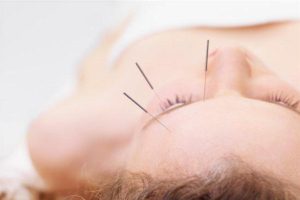
When you go to an acupuncturist for help with pain, the first thing that he or she will do is ask you a series of questions—to determine the specific nature of the pain.
These questions will include things like:
→ Is the pain is associated with a specific injury or illness—or has it been lingering for a while with no identifiable cause?
→ Is the quality of the pain sharp or dull? Constant or intermittent?
→ Is the pain worse at a specific time of the day or night?
→ Is it better or worse with movement? Is it better or worse with the application of heat/cold?
→ Does applying physical pressure make it feel better or worse?
Once the general quality of the injury has been ascertained—which will support a specific diagnosis—your acupuncturist will then have you lie down on a treatment table (or in a treatment chair)—and gently and skillfully insert the hair-thin acupuncture needles.
Sometimes the acupuncture needles are inserted locally, i.e. directly into the injured muscle or joint, or in areas immediately around it. But needles may also be inserted in places quite far away from the injured structure—for instance in your hands or feet. These distal points lie on meridians that also intersect the injured body part, which is how they also can support healing.
The needles are usually left in, to deepen their healing effect, for 20-30 minutes, after which the acupuncturist removes them. It’s recommended that you receive an acupuncture treatment at least once a week—and perhaps even two or three times weekly—until the pain has significantly decreased or dissolved completely.
In part 2 of this article, you’ll learn about three powerful therapeutic modalities that are rooted in acupuncture principles: acupressure, electroacupuncture (aka e-stim), and TENS.
YOU MAY ALSO LIKE:
EXPLORING THE OCEAN’S ABUNDANT WELLNESS BENEFITS
Who doesn’t love a trip to the beach to experience the relaxing rhythms of the waves, smell the fresh, salty sea…
RAW CHOCOLATE COVERED PINEAPPLE RINGS
These chocolate covered pineapple rings will satisfy all your sweet tooth cravings! They taste better than candy and are definitely more…
RAW FLAX CRACKERS WITH TURMERIC
We all need a good snack to tide us over during the day and these flax crackers can be used in…
THE HEALTH IMPACT OF CLUTTER ON YOUR BRAIN
As the summer travel season heats up and swings into full throttle, you might have stuff on your mind. And by…
BALASANA – CHILD’S POSE: SOOTHE AND RELEASE
Balasana, Child’s Pose, is a restorative pose that can be practiced on its own or as part of a routine. A…
VEGAN BEET CHOCOLATE AND DATES MOUSSE
Chocolate and beets do not mix? Wrong! Try this extraordinary beet mousse by our friend Aarika. She knows beets like nobody…
